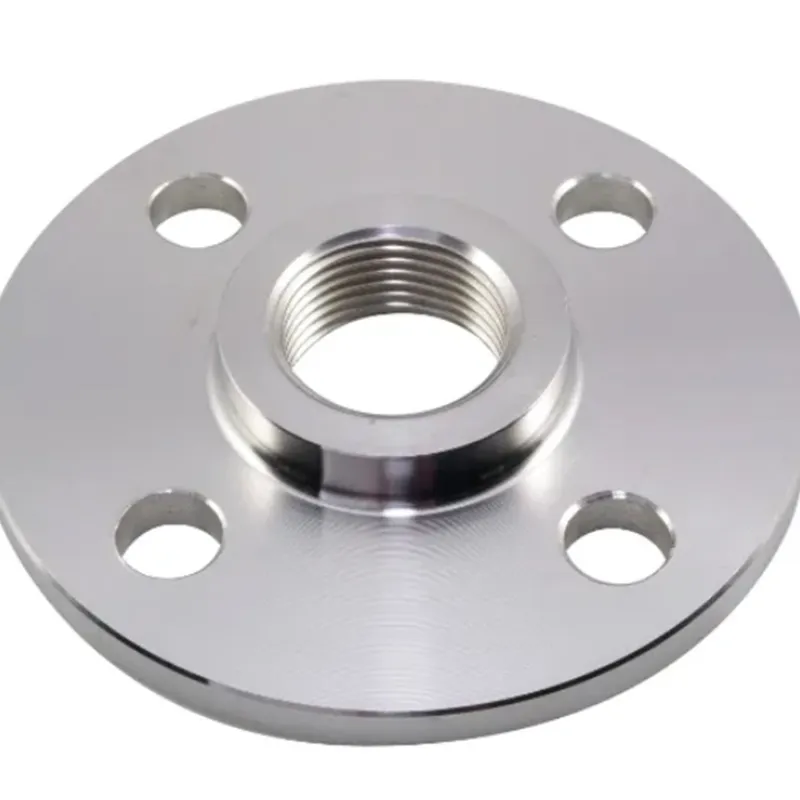-
Cangzhou Yulong Steel Co., Ltd.
-
Phone:
+86 13303177267 -
Email:
admin@ylsteelfittings.com
- English
- Arabic
- Italian
- Spanish
- Portuguese
- German
- kazakh
- Persian
- Greek
- French
- Russian
- Polish
- Thai
- Indonesian
- Vietnamese
- Zulu
- Korean
- Uzbek
- Hindi
- Serbian
- Malay
- Ukrainian
- Gujarati
- Haitian Creole
- hausa
- hawaiian
- Hebrew
- Miao
- Hungarian
- Icelandic
- igbo
- irish
- Japanese
- Javanese
- Kannada
- Khmer
- Rwandese
- Afrikaans
- Albanian
- Amharic
- Armenian
- Azerbaijani
- Basque
- Belarusian
- Bengali
- Bosnian
- Bulgarian
- Catalan
- Cebuano
- China
- China (Taiwan)
- Corsican
- Croatian
- Czech
- Danish
- Esperanto
- Estonian
- Finnish
- Frisian
- Galician
- Georgian
- Kurdish
- Kyrgyz
- Lao
- Latin
- Latvian
- Lithuanian
- Luxembourgish
- Macedonian
- Malgashi
- Malayalam
- Maltese
- Maori
- Marathi
- Mongolian
- Myanmar
- Nepali
- Norwegian
- Norwegian
- Occitan
- Pashto
- Dutch
- Punjabi
- Romanian
- Samoan
- Scottish Gaelic
- Sesotho
- Shona
- Sindhi
- Sinhala
- Slovak
- Slovenian
- Somali
- Sundanese
- Swahili
- Swedish
- Tagalog
- Tajik
- Tamil
- Tatar
- Telugu
- Turkish
- Turkmen
- Urdu
- Uighur
- Welsh
- Bantu
- Yiddish
- Yoruba

Dec . 15, 2024 05:17 Back to list
en 1092 1 standard
Understanding EN 1092-1 Standard A Comprehensive Overview
The EN 1092-1 standard is an essential component of industrial applications, particularly in the realm of pipe fittings and flanges. It is part of a broader set of European standards that governs the design and manufacturing specifications for flanges, ensuring safety, interoperability, and quality across a wide spectrum of industries including chemical processing, oil and gas, and water treatment.
What is EN 1092-1?
EN 1092-1 sets forth the requirements for circular flanges used in piping systems. This standard specifically covers the dimensions, tolerances, and materials necessary for the construction of flanges, which are critical components in any piping assembly. Flanges are employed to connect two sections of pipe, providing a secure and leak-proof joint that facilitates maintenance and repairs while allowing for the easy disassembly of a piping system.
Design and Types of Flanges
One of the most significant aspects of EN 1092-1 is the classification of flanges into several categories based on the pressure ratings and size. The standard details various flange types including weld neck, slip-on, blind, and threaded flanges. Each type is designed to serve specific applications, with considerations for stress, torque, and the material to be conveyed through the pipe.
In addition to specifying shape and form, EN 1092-1 also mandates the use of defined materials for manufacturing flanges, such as carbon steel, stainless steel, and various alloys. This ensures that the flanges can withstand the mechanical and thermal stresses encountered in actual working conditions, as well as resistance to corrosion and other degrading processes.
Connection and Compatibility
en 1092 1 standard

One of the key advantages of adhering to the EN 1092-1 standard is the guarantee of compatibility between different manufacturers' products. Since many industries rely on equipment from various sources, a standardized approach ensures that flanges from different suppliers can be reliably coupled together. This interoperability is critical for maintaining operational efficiency and safety in industrial processes.
Quality Assurance and Testing
Products that conform to the EN 1092-1 standard undergo rigorous quality assurance and testing procedures. This includes dimensional inspections, material composition analysis, and pressure testing to verify that flanges can withstand specified conditions. Such stringent testing protocols help to prevent failures that could lead to accidents, leaks, or costly downtime in industrial operations.
Global Significance
While EN 1092-1 is a European standard, its importance transcends geographical boundaries. As industries become more globalized and supply chains become interlinked, many non-European manufacturers also adopt these standards to participate in international markets. Consequently, adherence to EN 1092-1 can serve as a valuable differentiator, reflecting a commitment to quality and safety that is recognized worldwide.
Conclusion
In summary, the EN 1092-1 standard plays a critical role in ensuring the safety, compatibility, and quality of flanges used in piping systems across various industries. By establishing clear guidelines for design, materials, and testing, this standard helps prevent mishaps and inefficiencies in industrial operations. Stakeholders from manufacturers to engineers and end-users benefit from the clarity and dependability provided by the EN 1092-1, fostering a safer and more efficient industrial landscape. Whether for a large-scale chemical plant or a municipal water system, the implications of adhering to this standard are profound, underlining its vital importance in contemporary engineering practices.
Latest news
-
ANSI 150P SS304 SO FLANGE
NewsFeb.14,2025
-
ASTM A333GR6 STEEL PIPE
NewsJan.20,2025
-
ANSI B16.5 WELDING NECK FLANGE
NewsJan.15,2026
-
ANSI B16.5 SLIP-ON FLANGE
NewsApr.19,2024
-
SABS 1123 FLANGE
NewsJan.15,2025
-
DIN86044 PLATE FLANGE
NewsApr.19,2024
-
DIN2527 BLIND FLANGE
NewsApr.12,2024
-
JIS B2311 Butt-Welding Fittings LR/SR 45°/90° /180°Seamless/Weld
NewsApr.23,2024











